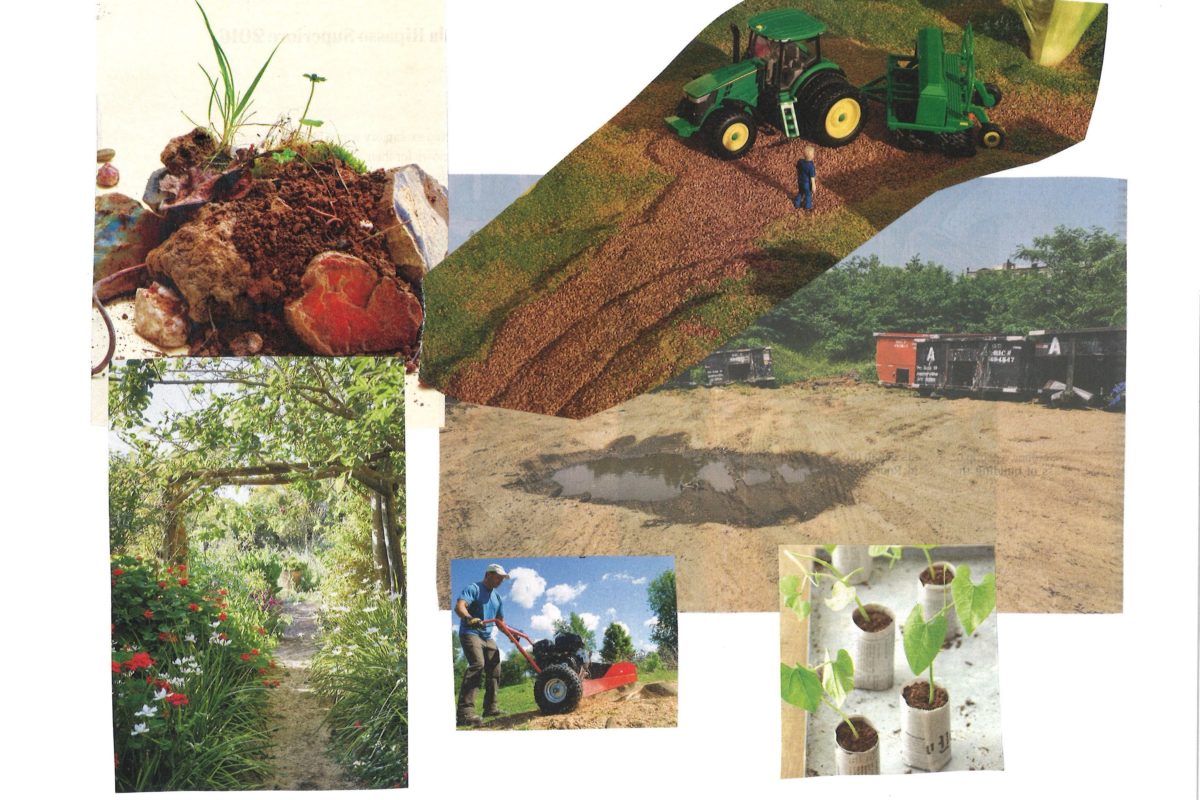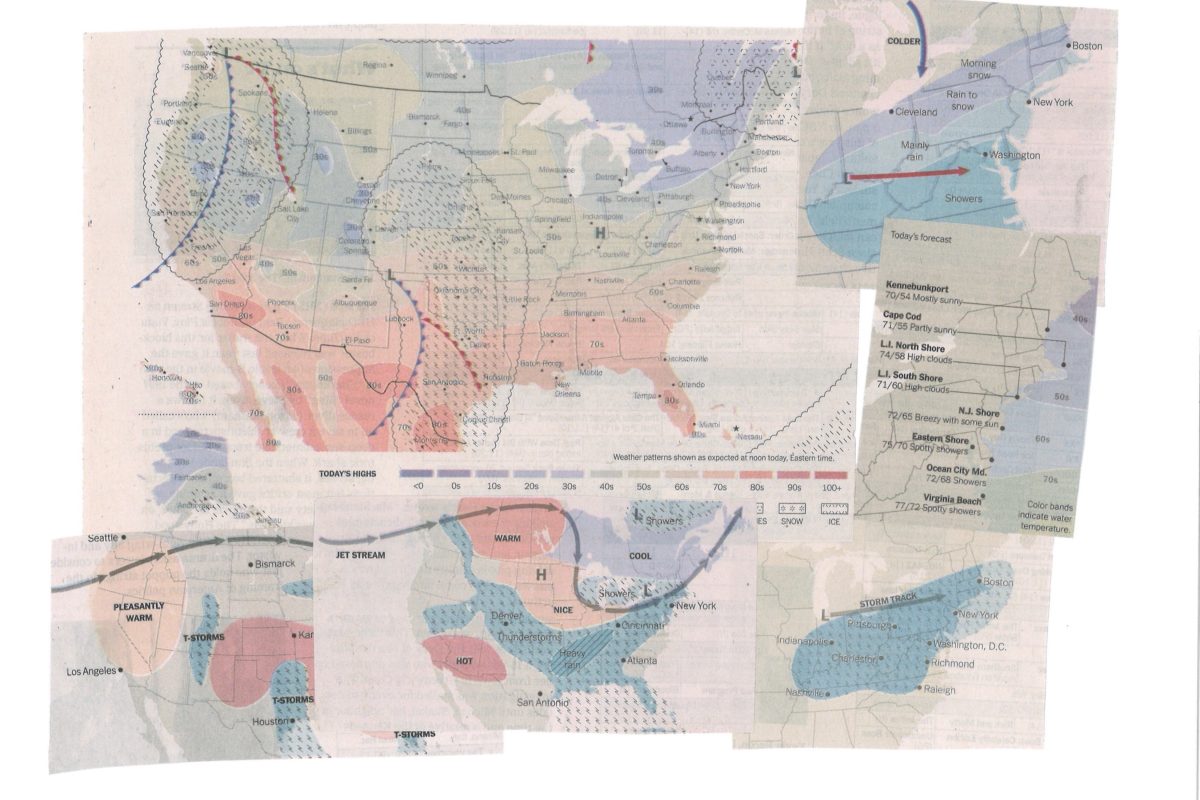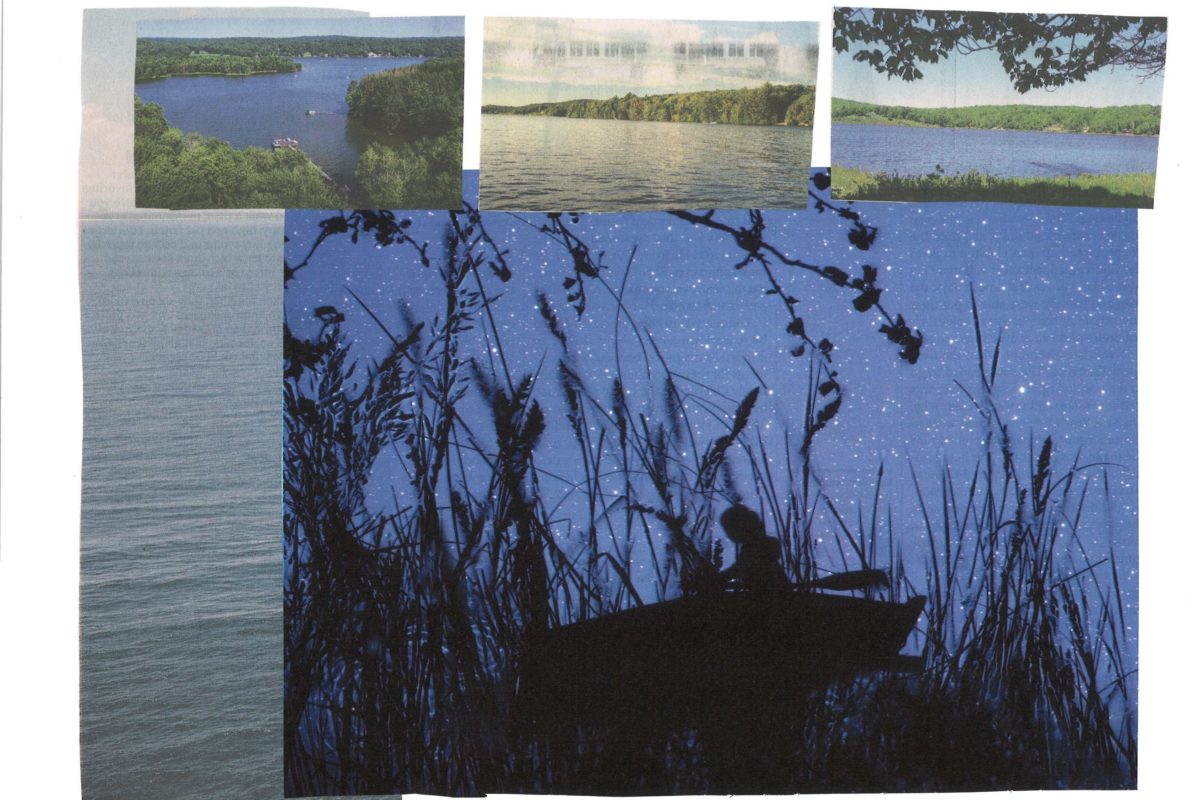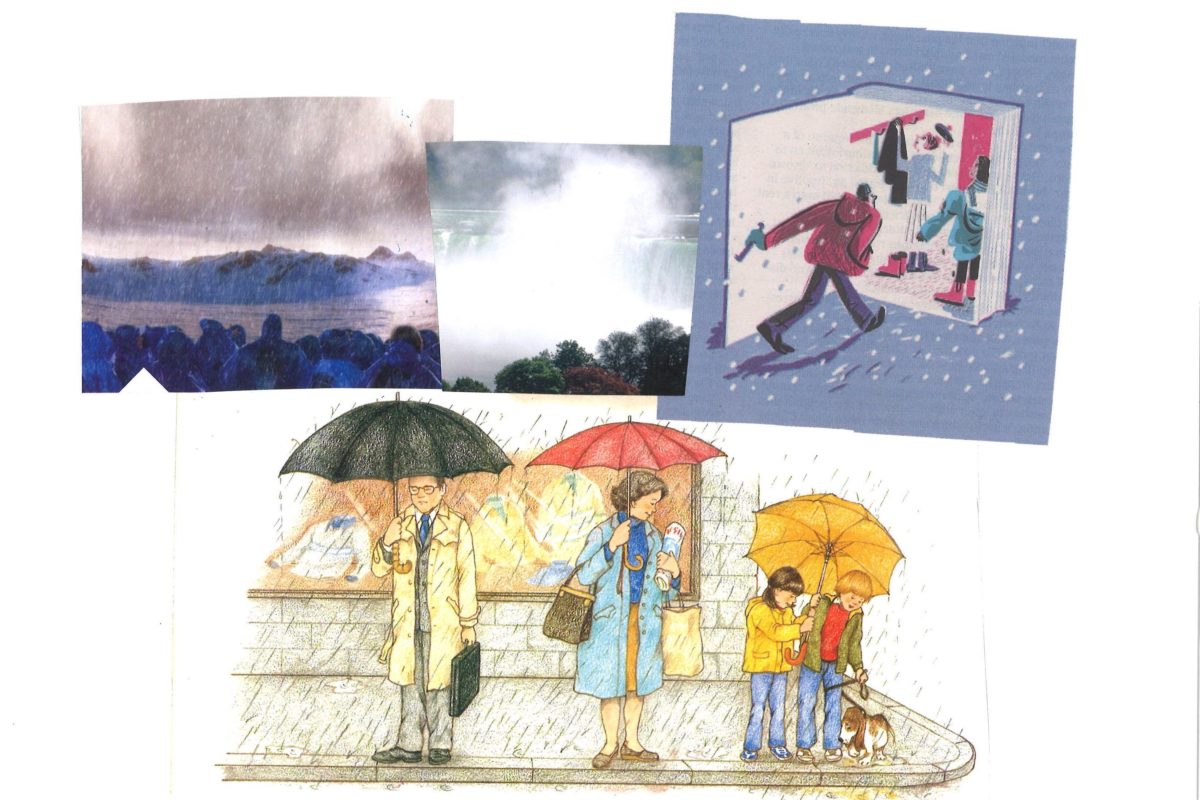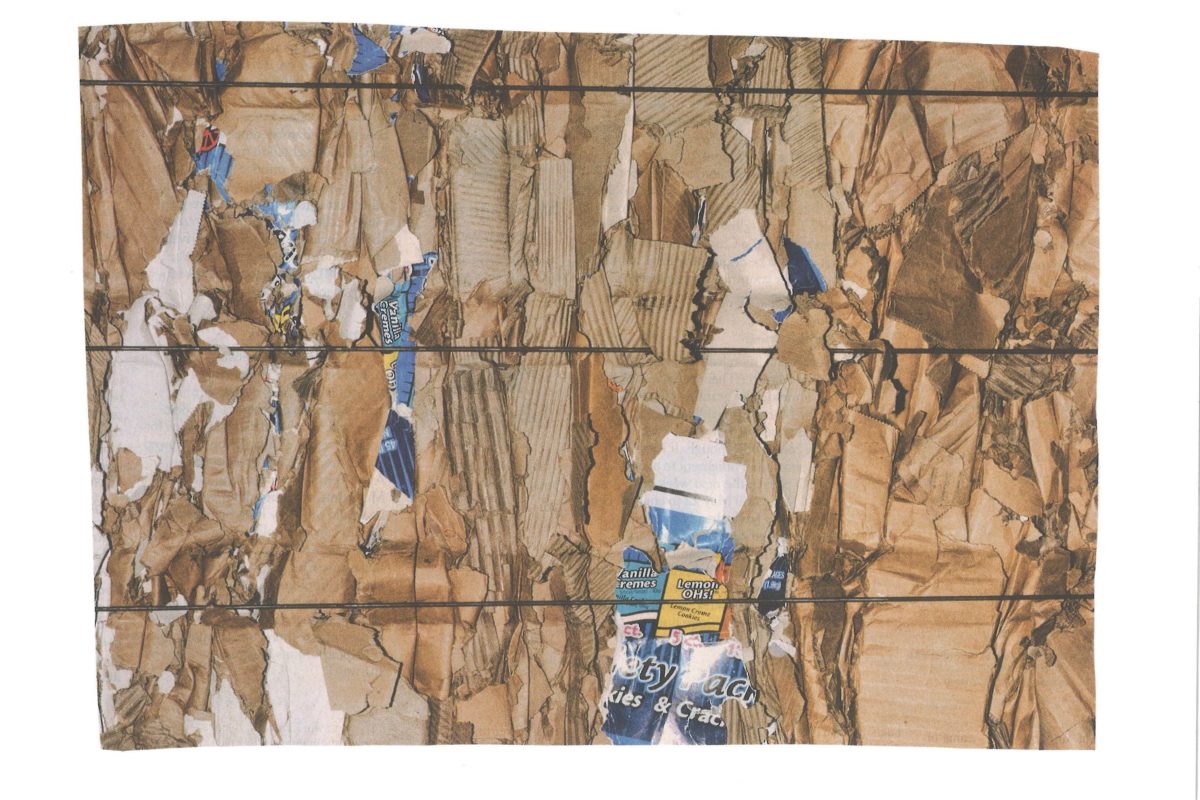What’s the Difference Between Spruce, Fir, and Pine Trees?
Merry Christmas! Chances are, if you’re celebrating the holiday, you have a tree hanging out indoors somewhere, festooned in lights and popcorn and ornaments and whatever else you feel like draping on its scented limbs. But what’s the difference between that specimen in your living room and the giant one in Rockefeller Center, or the ones you can see from your frosted window, whose needles whisper softly in the winter wind? Let’s get to know our holiday evergreens.
Spruce, fir, and pine trees are part of the class pinopsida, and they’re all conifers: their leaves take the form of thin, narrow needles, and they shed cones in order to reproduce. (Cones are essentially fancy seeds.)
Firs, at least in America, are the classic Christmas trees; tall and narrow in appearance, their branches grow in thickly and luxuriously, oftentimes obscuring the trunk from view. The needles attach individually to each branch, and are secured by a doodad that looks almost like a tiny suction cup. Those needles are sharply pointed and somewhat flexible; however, since they’re flat, you can’t really roll them between your fingers. Firs have a smooth bark, and their cones are somewhat enigmatic; they grow towards the tops of the trees, and they usually break apart before falling to the ground. If you do get your hands on one, it will be green, elliptical in shape, and probably oozing with sap.
Like firs, spruce trees have needles that are attached individually to each branch, though without that suction-cup situation. Their needles are stiffer than firs and have four sides to them, making them easily roll-able between your fingers. The scales of spruce cones will be narrow and feel flexible, and their bark is the roughest and scaliest of the notable evergreens.
Pine trees have a more-sparse branch distribution than their fir and spruce cousins, making them the least likely Christmas tree contender. And unlike firs and spruces, they have two, tree, or five needles coming out of the same spot on each branch, with needles that are softer and more pliant. Pine-tree bark is jagged and flaky, and while their cones start out green and flexible, they grow brown and woody as they mature.
In case you need some more tree trivia to whip out at the dinner table tonight, how’s this: What’s the deal with Christmas trees, anyway? People have actually been putting evergreen trees in their homes since long before the birth of Jesus Christ; they were thought to ward off witches, ghosts, and evil spirits. The trees held particular significance around the time of the winter solstice, when people celebrated the return of the sun; the evergreen-ness of the evergreens was reminiscent of life and growth. In the sixteenth century, it’s believed that Martin Luther himself was the first person to put candles on an indoor tree; on the way home from a sermon, he was struck by how the stars looked twinkling above the evergreens, and he wanted to bring that brilliance into his home. It took a while, however, for Americans to get into the spirit; in 1659, in fact, the court of Massachusetts actually made it illegal to do anything besides attend church on Christmas, and people were fined for having decorations. But after an influx of German and Irish immigrants in the late nineteenth century, Americans finally started to get into the whole decorated-tree tradition, and the modern Christmas era officially began.
If you liked this, subscribe to the What’s the Difference newsletter here!

